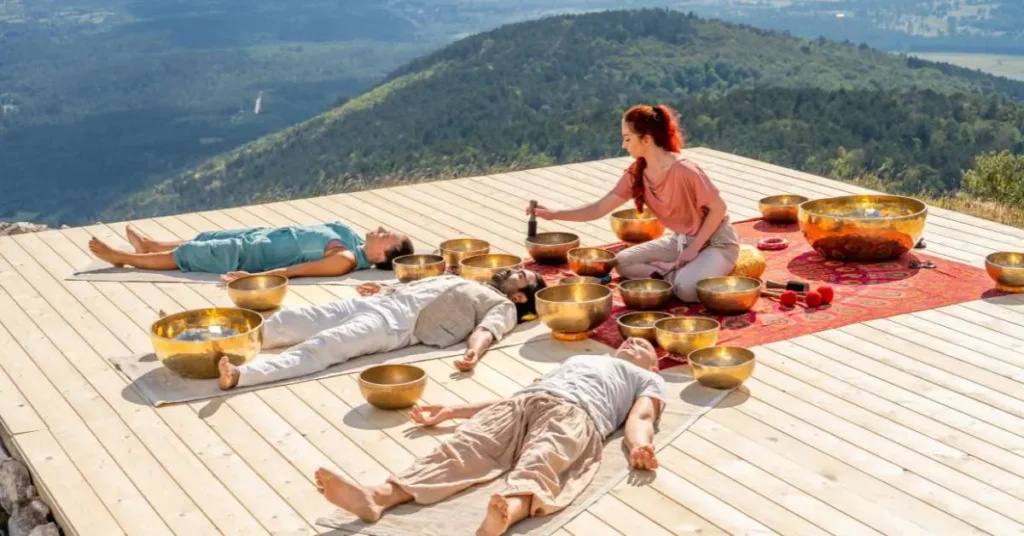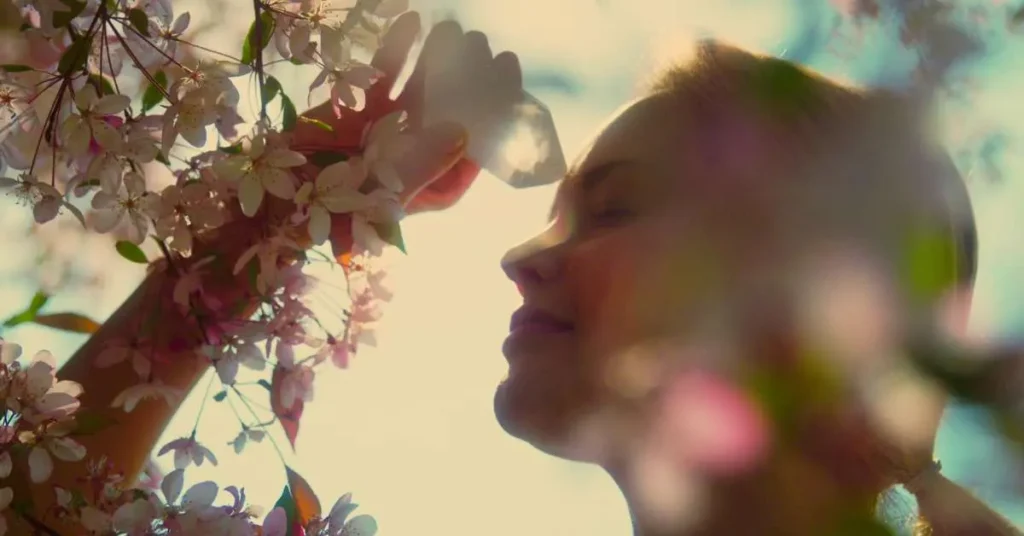
Energy healing, a practice that has been around for centuries, is based on the principle that energy flows through all living beings and can be manipulated to promote healing and well-being.
While the core concept remains the same across cultures, the methods and approaches to energy healing can vary significantly. In this article, we’ll explore how different cultures approach energy healing, shedding light on their unique perspectives and techniques.
What is Energy Healing?
Before delving into the cultural aspects, let’s clarify what energy healing entails. Energy healing is a holistic practice that focuses on balancing the body’s energy systems to promote physical, emotional, and spiritual well-being.
Practitioners believe that disruptions or imbalances in the body’s energy flow can lead to illness or discomfort, and by restoring this flow, healing can occur.

Traditional Chinese Medicine (TCM)
In Traditional Chinese Medicine, the concept of energy healing is deeply ingrained in practices such as acupuncture, qigong, and Tai Chi. Central to TCM is the belief in Qi, or life force energy, which flows through meridians in the body.
Illness is viewed as an imbalance or blockage of Qi, and treatments aim to restore harmony by unblocking these pathways and facilitating the smooth flow of energy.
Ayurveda
Originating in ancient India, Ayurveda also incorporates energy healing principles into its practice. Ayurvedic medicine emphasizes the balance of three elemental energies, known as doshas: Vata, Pitta, and Kapha.
Illness is believed to arise from imbalances in these doshas, and Ayurvedic treatments, including herbal remedies, massage, and meditation, seek to restore equilibrium by harmonizing the body, mind, and spirit.
Native American Healing Practices
Many indigenous cultures around the world have their own unique approaches to energy healing. In Native American traditions, rituals, ceremonies, and herbal remedies are used to address physical and spiritual ailments.

Practices such as smudging with sage, sweat lodge ceremonies, and vision quests are believed to cleanse the energy field and restore balance to the individual.
Reiki
Reiki, a Japanese form of energy healing, has gained popularity worldwide in recent decades. The word Reiki translates to “universal life energy,” and practitioners channel this energy through their hands to promote healing.
Reiki sessions typically involve light touch or hovering hands over the recipient’s body, with the intention of transferring healing energy to areas in need.
Shamanic Healing
Shamanic healing is another ancient practice found in various cultures around the world, including indigenous tribes in Africa, Asia, and the Americas. Shamans, or spiritual healers, work with the spirit world to diagnose and treat illness.

Techniques such as journeying, soul retrieval, and energy clearing are used to restore harmony and address spiritual imbalances.
Cultural Beliefs and Perspectives
The approach to energy healing is deeply intertwined with cultural beliefs and perspectives. In some cultures, illness is seen as a manifestation of spiritual imbalance, while in others, it may be viewed as a result of environmental factors or ancestral influences.
These cultural perspectives shape not only the methods used for healing but also the underlying philosophy and understanding of health and wellness.
Integration and Adaptation
In today’s globalized world, there is increasing cross-cultural exchange and integration of healing practices. Many practitioners draw from multiple cultural traditions, incorporating techniques from TCM, Ayurveda, Native American healing, and other systems into their practice.
This integration reflects a growing recognition of the universal principles underlying energy healing and the value of diverse approaches to wellness.
Respect for Cultural Diversity
As energy healing becomes more widespread, it’s essential to approach it with respect and sensitivity to cultural diversity. Different cultures have their own rituals, symbols, and protocols for working with energy, and it’s important to honor these traditions rather than appropriating or diluting them.
By embracing cultural diversity, practitioners can enrich their understanding and enhance the effectiveness of their healing work.
Conclusion
Energy healing is a multifaceted practice that encompasses a diverse range of cultural perspectives and techniques.
Whether it’s the meridian-based approach of Traditional Chinese Medicine, the dosha-balancing principles of Ayurveda, or the shamanic rituals of indigenous traditions, each culture offers valuable insights into the nature of energy healing and its role in promoting health and well-being.
By embracing and respecting cultural diversity, practitioners can deepen their understanding and offer more comprehensive and effective healing support to individuals around the world.
Frequently Asked Questions (FAQs)
What is energy healing?
Energy healing is a holistic practice that aims to balance the body’s energy systems to promote physical, emotional, and spiritual well-being. It involves various techniques such as acupuncture, Reiki, and shamanic healing.
How do different cultures approach energy healing?
Different cultures have unique perspectives and techniques for energy healing. Traditional Chinese Medicine focuses on Qi flow through meridians, Ayurveda balances doshas, Native American practices include rituals, and Reiki channels universal life energy.
Are energy healing methods effective across cultures?
While the core principles of energy healing remain constant, effectiveness can vary based on cultural beliefs and individual preferences. Integrating diverse approaches can enhance healing outcomes.
How can I respect cultural diversity in energy healing?
To respect cultural diversity, it’s important to honor the traditions, symbols, and protocols of each culture. Seek proper training, understand cultural contexts, and collaborate with practitioners from diverse backgrounds.
Can I combine different cultural approaches to energy healing?
Yes, many practitioners integrate techniques from various cultural traditions to offer more comprehensive healing support. However, it’s crucial to do so respectfully and with a deep understanding of each approach.
Are there any risks associated with energy healing?
Energy healing is generally considered safe when practiced by trained professionals. However, individuals with certain medical conditions should consult healthcare providers before undergoing energy healing sessions.


Leave a Reply